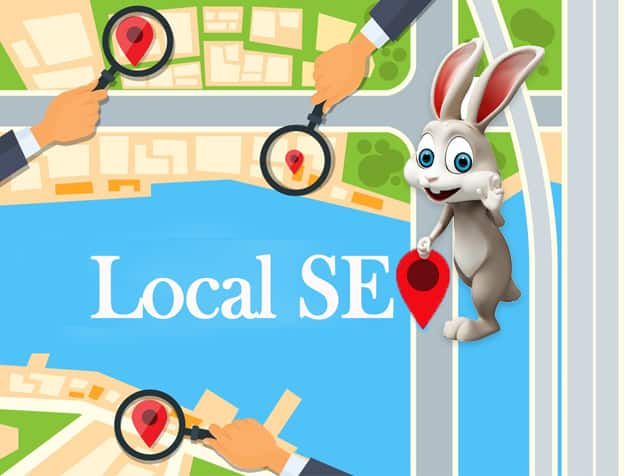
You know that mobile has changed the game where search ranking is concerned. That more and more people use their phones and other devices to find nearby businesses. That being able to show up in local results matters – a lot.
What you might not realize is that just about every business knows that now. A few years ago, an “optimized” local SEO strategy largely meant tackling a few basic tasks, like creating local landing pages and ensuring your business was represented on as many directory services as possible.
Today, that’s the baseline. Everyone is doing it. Which means you need to do more if you really want to stand out. If you want to improve your ranking and also get people to click through and convert into paying customers or clients.
So which factors matter the most right now?
As always, Google is incredibly tight-lipped about the specific things they look at when determining a page’s search rank. But you can learn what to focus on based on which sites are ranking well and what strategies they’re using.
According to a data-driven local SEO study, some of the top things that correlate with a high business ranking on Google My Business are reviews, referring links, followers, words on page, and number of keyword occurrences.
Does that mean you should focus on all of these areas? Yes and no.
Keep in mind that this refers specifically to Google My Business and while you must have your business listed on GMB to stand a chance of ranking well in those search results, what works there won’t necessarily translate to successful local SEO performance in general.
But, being number one shouldn’t necessarily be your primary focus. If you’re third or fourth but get more people to click through and convert, you’ll be better off than your competitors. It’s all about conversions, not necessarily ranking.
There are a number of general trends that you can spot about the way local SEO is going that indicate what you should do to optimize for now and heading into the future.
But, where do you start?
Local SEO Basics Still Matter – They Just Can’t Be Where You Stop
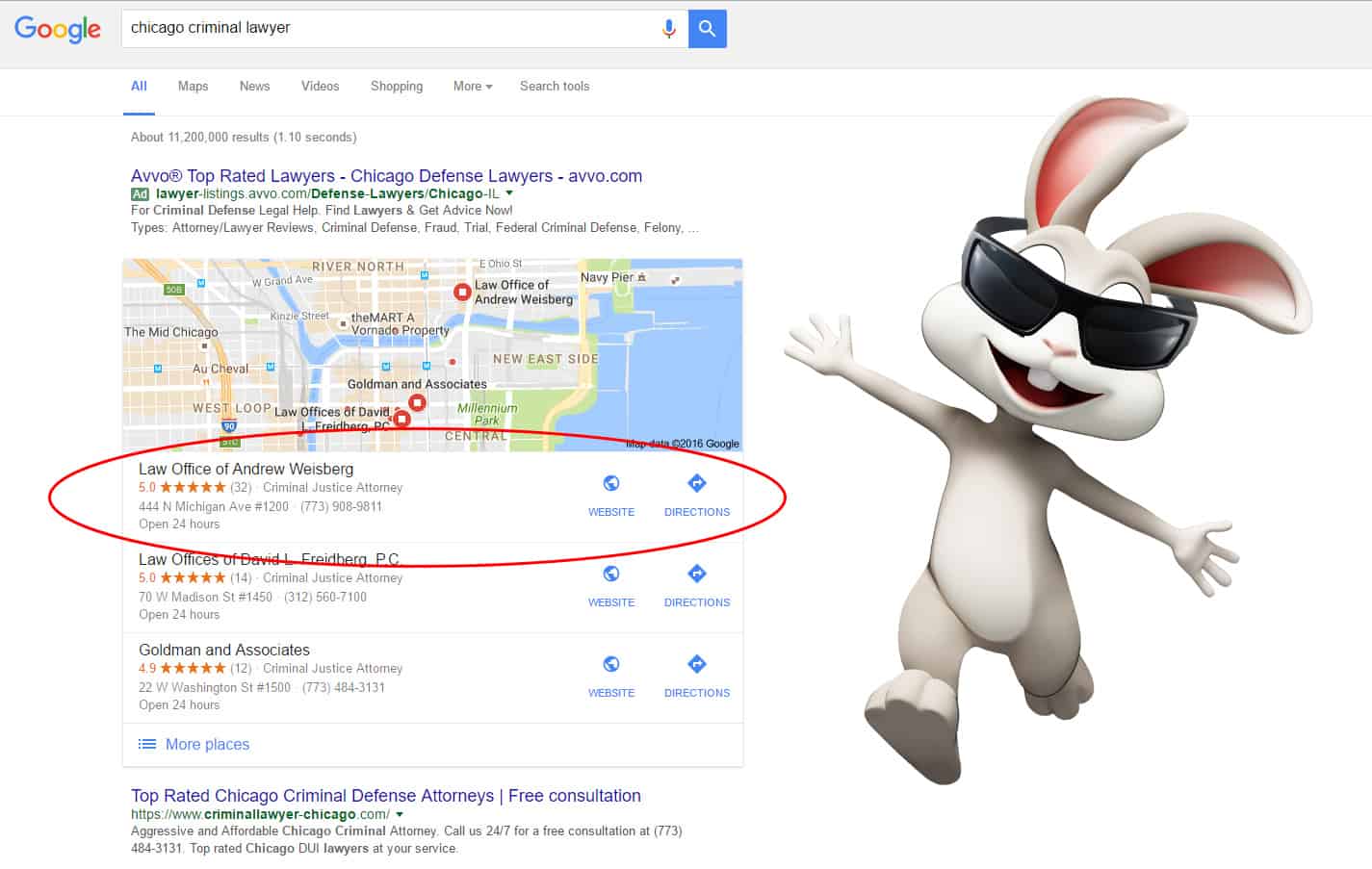
I started this post by saying doing “local SEO basics” is not enough anymore and while that’s true, it doesn’t mean you still shouldn’t be doing those things. Remember, they are the BASELINE. So, if you’re just starting out with local SEO, that’s where to start.
What does “local SEO basics” mean specifically?
List your business on directory sites.
If you have a brick and mortar location (i.e. a REAL street address where you can service customers or clients), one of the first things you need to do is make sure you are on all of the main directory sites: Google My Business, Yelp, BingPlaces, Yahoo!, and so on. Even though it’s a year old at this point, has a great list of the Top 50 local business directories. Whitespark even has a manicured list of “The Best Citation Sources by City & Category for USA, CAN, UK & AU.”
Make sure all of your core information is accurate, most importantly your Name, Address, and Phone Number (NAP) and optimize each listing with specifics, such as photos, business hours, and descriptions (with keywords relative to your niche). If you are lucky enough to have a business name that actually includes your keyword, this can help a lot.
However, do not add city or business modifiers to your name in hopes of a ranking boost. The name of your business should represent your real world business name and be verifiable. If you want keywords in your business name, then consider changing your name.
How to take this beyond the basic:
All of the above-listed directory sites help with local search, but to really boost your reach to the local demographic you need to list your business on LOCAL and NICHE specific directories, as well. Do a search for your city name and see if any directory sites specific to your area or niche pop up on the first couple of search result pages. These will most likely have decent authority and relevance and may even drive traffic to your site. This is called Barnacle SEO.
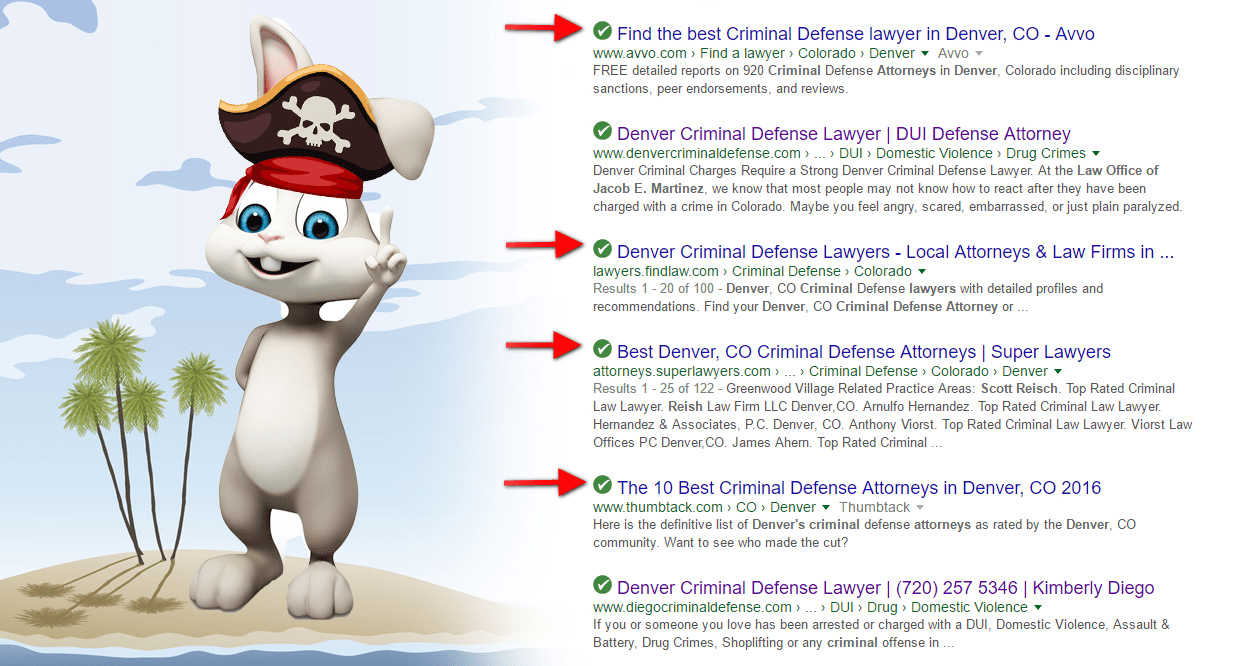
In a nutshell this means that by creating and optimizing your business in the citation sources that are already appearing on the first page for the relevant terms you covet, your business can in turn can benefit by ranking high on those sites. Think of directories as a way to expand your reach, as well. There is more then one way to skin this cat.
Typically these will be traditional directory sites, but they don’t have to be. If the chamber of commerce ranks for your city, join it. Many times, a local newspaper or news outlet will allow you to list your business on their website. Remember, it’s about creating a solid foundation of web presence targeted to your local audience.
Create local landing pages.
Why do you want local landing pages for your business? Because it’s another way to let people know that you’re in the neighborhood. It’s also a way to drive traffic to a page on your website that’s tailored to that local area. Depending on the type of business you run, this can matter a lot.
If you use them well, local landing pages can not only tell prospective customers that you’re close and offer the specific products or services they need, but that you understand and are a part of the community.
How to take this beyond the basic:
If you think of the landing page as a true funnel to get people to click further through the website and convert, you want the content to be localized. The content must also be well-written, thoughtful and unique.
That might mean referencing local landmarks and trends. Highlighting particular products and services that are popular in the area. Essentially, making locals really feel like the page is meant for them. Simply regurgitating your Home Page content and replacing the city name won’t help and, in fact, could actually hurt your rankings.
Optimize for mobile.

More than half of Google searches today occur on mobile devices. And, that’s news from almost a year ago. How many of those searches do you think are local? A LOT. Translation: you absolutely need to be thinking about nearby mobile customers.
How do you do this? By making sure your site is mobile-friendly. Not only should your website look good on mobile devices, it should be easy for mobile users to navigate and use. At the very minimum, you should ensure it passes Google’s mobile-friendliness test.
How to take this beyond the basic:
Get your site to load as fast as possible on mobile. Most websites these days are responsive, meaning there is one version of your site being served up differently depending on the device. This adds more “bulk” to modern websites and streamlining load times is key.
Here are a few more overlooked, yet important design elements to consider:
- Enlarge buttons
- Add map features
- Include clickable phone numbers and emails
- Feature your address
- Feature testimonials, reviews, and trust icons
Once you have completed the local SEO basics, it’s time to flesh out your strategy by putting time and effort into the other factors that matter most in a successful Local SEO Campign.
Taking The Steps Toward Local SEO’s Future

Remember those important factors I mentioned above that showed up in the Google My Business correlation study? Well, this is where most of those come in.
To save you the trouble of scrolling back up, here they are again:
- Reviews
- Referring links
- Followers, Likes, and Shares
- Words on page
- Number of keyword occurrences
There’s one you shouldn’t pay a whole lot of attention to: the number of keyword occurrences. Not because keywords aren’t important. Of course, they are. But Google has continually moved further and further away from counting keywords as a way to determine page rank.
These days, the actual context of the content is far more important than the inclusion of specific keywords. In fact, the same study even found that using the city and state in titles or the page’s URL had little positive impact – and could even hurt a page’s rank.
When you focus on how many times a keyword appears, the quality of the content tends to decrease. Moreover, it encourages keyword stuffing (including a very high number of keyword instances onto a single page), which can result in a penalty or ban from search engines.
Instead, write content that is about the keyword. This should not only allow you to organically include it, Google will infer that keyword from the content itself.
Now that that’s out of the way, how about the others? Let’s dive into each one, starting at the bottom.
Words on page.

To be clear, there is no magic number of words that will inherently improve your local SEO rank. Quality content matters more than anything else, and some low word-count pages rank higher than those with lots and lots of text. However, Google’s quality rating guidelines clearly state that:
“An unsatisfying amount of MC (main content) is a sufficient reason to give a page a Low-quality rating.”
In other words, if Google feels that you don’t deliver sufficient, meaningful content to the user your ranking will likely suffer. Likewise, having many pages with many words on them that are poorly-written, cannibalized from other websites, or simply full of “filler content” are also of no help. Remember, it’s not about the QUANTITY of content your website has, it’s about the QUALITY (I can’t reiterate this enough).
While it may seem intimidating to some, long-form content does lead to longer time on site and conversion, but only if the content is truly helpful to the user. Long-form content also tends to attract users who are performing long-tail keyword search queries. Visitors also tend to share long-form content more since it is often seen as more useful and thorough. There are also some very creative ways to weave long-form content into the design of your page. Breaking out the content into sections using headers, images, and graphics is a good way to achieve retention.
Looked at together, these factors tend to bolster a site’s credibility, which can lead to a higher page rank.
Followers, likes, and shares.

Being on social media matters. But if you just create pages and abandon them, don’t expect it to help your efforts. Google wants to see that other people care. That they are engaged. In social media terms, that means increasing followers, likes, shares, etc.
How do you do this? By staying active on your accounts. By sharing high-quality posts and links that resonate with your audience.
When specifically targeting a local audience, that means localizing your content. What will people in your area find interesting? Useful? Funny?
It also means adding social media share and follow buttons on your website everywhere it makes sense. You want to make it as easy as possible for people to show their love for your company and the content your provide.
Referring links.
In the study, this is broken down into various types of links – but all of them rank very highly. In fact, if you are only going to do one thing to optimize your site for search, this is probably the most important one.
In the past, many experts touted things like guest posting to acquire quality links that can bolster traffic and search rank but, like most “fresh SEO tactics”, guest-posting was abused by the industry and it’s efficacy diminished. Done well and with thoughtful outreach, guest posting can still be helpful in acquiring links, however, there are more efficient places you can focus your link-building energy. Here are just a few ideas:
Host or sponsor a local event.
How does this get you referring links? Well, if you offer to host an event in town, it’s likely that you can get your business and website listed on local sites like:
- Town/City official website
- Local newspaper site
- Local community center site
Actual sites may change from area to area, but you get the idea.
Sponsoring an event works similarly. Chances are good that the organization putting it together has a website, Facebook page, and so on. If you are a sponsor, they should list your name and include a link to your site.
Contribute to a charity or community initiative.
When you become involved with a charity or community initiative, like a food drive, it is bound to get media attention. This could be as simple as donating money, products, or services; having you or your staff volunteer on company time; or participating in a fundraising event.
In addition to possible press coverage, organizations often list businesses that contribute or volunteer with them on their website and mention them on social media.
HARO
Short for “Help a Reporter Out”, HARO is a website that reporters use to find reliable sources for pieces they are working on. By offering your valuable knowledge, insight and/or opinions you not only increase your status as a trusted resource, you also greatly increase your linking opportunities in the most organic way.
The idea is simple: reporters often need to talk to people in specific fields about stories they are working on. Sign up, tell HARO about your proficiencies and fields of expertise, and you will receive daily emails outlining opportunities you can contribute to. Then all you have to do is find a piece you think you can contribute to and send that writer a quick pitch letting them know why you’d be a valuable resource for their piece.
Reviews.
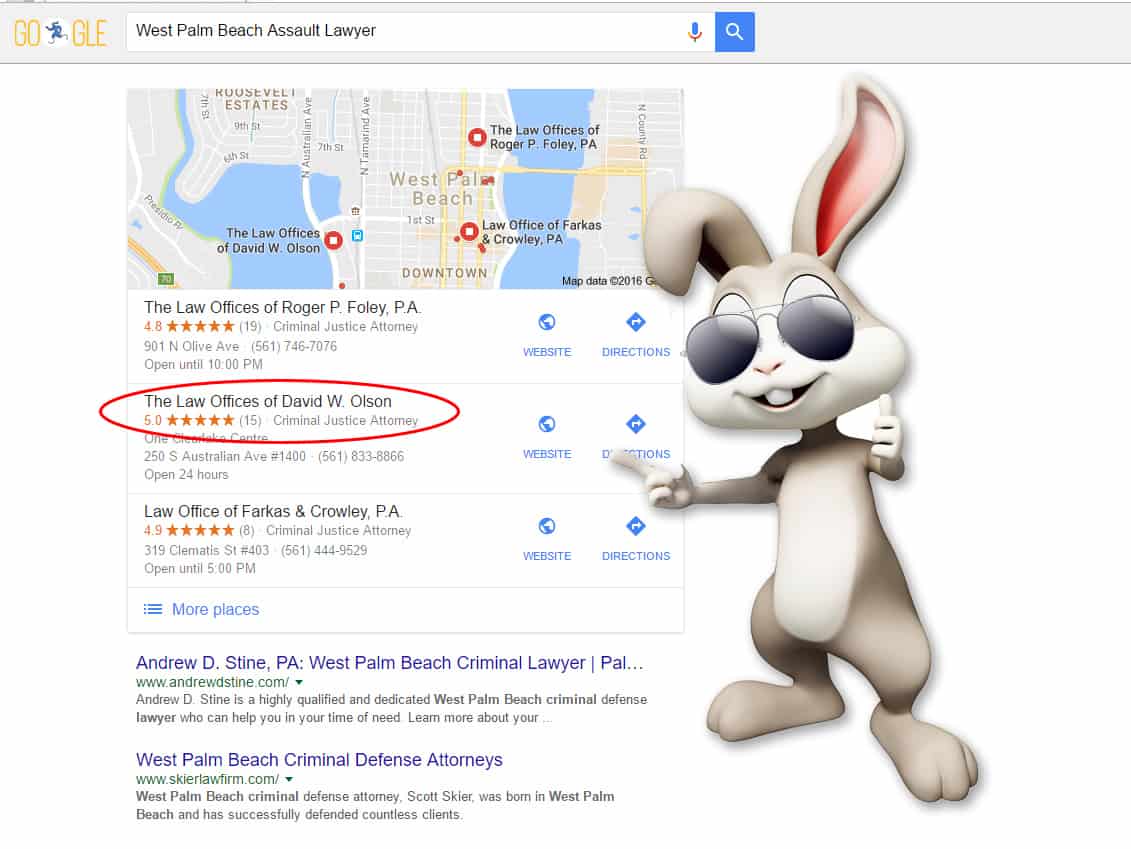
If you have a choice of several different businesses on a search page, which one do you choose – the one with 12 glowing reviews or the one with none at all? Overwhelmingly, people trust online reviews and click on businesses that have them. And the more clicks you get, the more engaged users will be with your website and the more likely you are to rank higher with Local SEO.
So how do you get more reviews? If you deserve them, reviews should be easy to come by, but don’t expect them to fall from the sky.
Build it into your regular business procedures. Put a review widget on your site. Create review links for customers if your software allows it. Use a review management and acquisition service. Be direct – ask your customers/clients.
And don’t forget to set up alerts through Google and Social Mention, because when you have a presence on many different sites, it’s not uncommon for businesses to have reviews they don’t even know about. This can be detrimental, both because you need to police your reviews to deal with anything negative and because you should compile the best ones and feature them.
And there you have it – local SEO as it stands right now. Things will surely continue to evolve, and next year will bring new areas to focus on.
Here are some general rules of thumb:
- People need to be able to find you where they’re looking. Directory sites, mobile, social media; every potential customer’s path is different, and you need to account for it.
- What others say matters. This covers followers, links, and reviews. You want people to talk about your business positively no matter where it shows up. The more positive references to your company, the better.
- Content is king. When you create high-quality content related to your keywords, good things happen. Google’s algorithm rewards you. Visitors are more likely to stick around, like what they see, and become customers. And you’re more likely to have that content shared, bolstering your search rank – and the ranks of your followers – even further.
Local SEO offers an incredible opportunity for those willing and able to seize it. The key is to know your audience and area and always keep pushing forward with the highest possible quality.






 The Local Search Ranking Factors That Really Matter in 2017
The Local Search Ranking Factors That Really Matter in 2017 What Every Attorney Needs to Know about Citation Building for SEO
What Every Attorney Needs to Know about Citation Building for SEO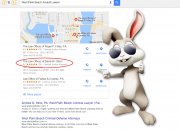 A Look at Expert Tips Regarding Advanced Google+ Optimization
A Look at Expert Tips Regarding Advanced Google+ Optimization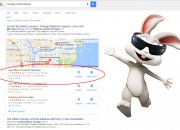 Go Local or Go Home: What Marketers Need to Know About Local SEO (LSEO)
Go Local or Go Home: What Marketers Need to Know About Local SEO (LSEO)